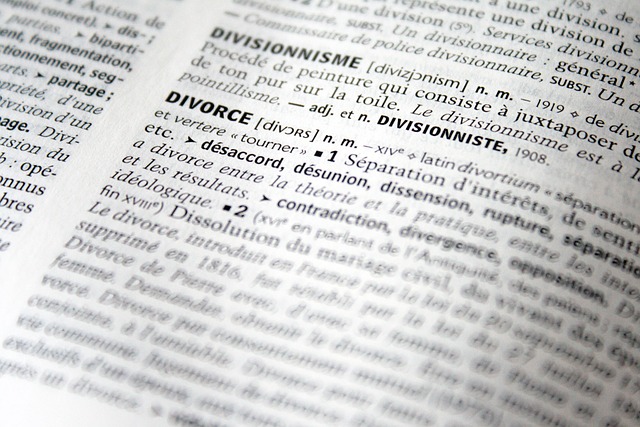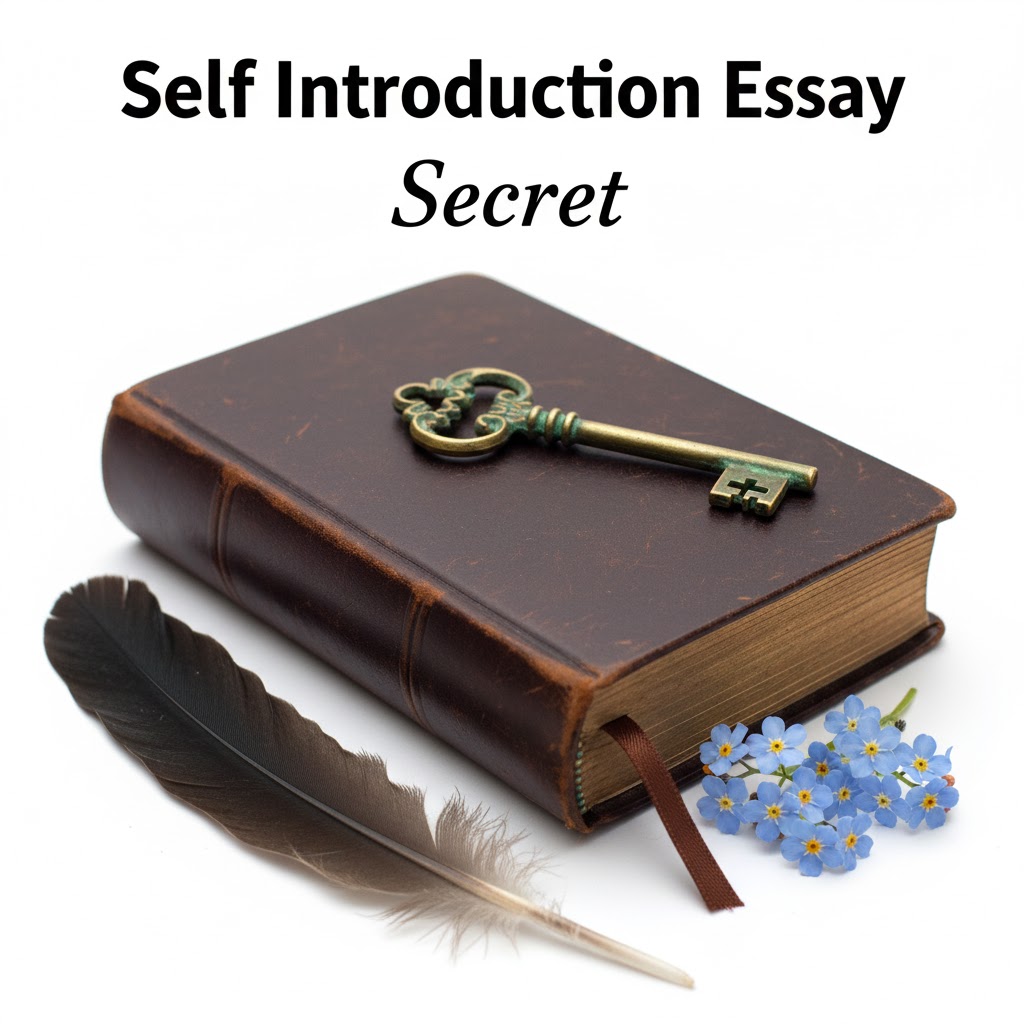วิธีเขียนและตัวอย่าง Definition Essay
การเขียนเรียงความแบบคำจำกัดความ – DEFINITION ESSAY
การเขียนเรียงความแบบคำจำกัดความจะเป็นการอธิบายโดยการระบุหัวข้อในประเด็นต่างๆที่ของผู้เขียนต้องการแสดง หัวข้อของงานเขียนแบบนี้จะเป็นทั้งแบบที่เป็นรูปธรรมและนามธรรม
เมื่อเราทำการเขียนคำจำกัดความโดยใช้การเขียนแบบที่เป็นรูปธรรม เราจะสามารถแยกออกเป็นกลุ่มๆได้ บอกแหล่งที่มาและลักษณะเฉพาะได้ สามารถบอกความเล็กใหญ่หรือรายละเอียดได้ผ่านแนวคิดของคุณ ผู้อ่านจะสามารถเข้าใจได้จาการอธิบายแสดงให้เห็นภาพ
แต่สำหรับในแบบนามธรรม เราต้องแปลความในแนวทางที่ต่างกันออกไป จำเป็นต้องใช้คำพูดเชื่อมโยงกับหัวข้อเพื่อสื่อความหมาย มีการยกตัวอย่างหรือผลลัพท์เพื่อสร้างความเข้าใจสื่อความหมายของสิ่งที่คุณต้องการจำกัดความ
Definition Essay
Purpose: The objective is to give and explain a personalized definition of a word or concept.
Introduction: Introduce the word or concept, give the standard definition and introduce your own definition or the need to redefine.
Body: Shows your personal connection to the word or concept, then gives examples and analysis of specific points which support your definition.
Conclusion: Summarizes the main points with regard to the importance of the definition.
Language: Formal, academic.
Other considerations: Citations may be used where applicable to add weight to evidence used to support the definition.
>>> สั่งงานเขียนกับ Native Writer งานคุณภาพ แกรมม่าเป๊ะ คลิก! >>>
ตัวอย่างการเขียน Definition Essay
What is Learning?
Learning is a matter which is often discussed and debated, for its importance in the field of education is undeniable, yet is also a matter which must surely be precisely defined if the concert is to be effectively applied for practical purposes. Learning is commonly defined as the acquisition of knowledge or skills through experience, study or being taught. However, it could be argued that this definition addresses the superficial symptoms of learning rather than providing specific insights into the process by which this acquisition of knowledge might actually occur. This essay will therefore present a narrower definition which might be rather more susceptible to practical implementation; as a teacher, this author has a particular interest in the topic since the application of the fruits of any consensus would serve to make classroom procedures more effective. Accordingly, this author would argue that learning can be defined as making additions to long-term memory through experience.
This particular view of learning is based upon the studies carried out by Dr. Alan Baddeley in the 1960s and 70s. His initial focus was upon the nature of short term, or working memory, leading to the discovery that it is the norm to be able to hold on average seven items in working memory at any one moment. Given that many complex tasks can be broken down into far more than seven constituent parts, it became apparent that many things which humans could learn to accomplish with ease ought to be almost impossible. It was then hypothesized that items in working memory could be processed as chunks – better known as schemas – which could be saved in the long term memory and drawn upon when necessary. In this way, a complex task could be saved as a single schema, while short term memory would be capable of processing up to seven such schemas at any given moment.
Baddeley’s work was subsequently extended by Dr. John Sweller, who was responsible for much of the development of cognitive load theory. Sweller demonstrated that if any particular learning tasks required the learner to process too many new items in working memory, the learner would be unable to make progress. Learning materials could be designed with Sweller’s principles in mind in order to reduce the cognitive load and ease the process of building schemas to be saved in long term memory. The empirical studies performed by Sweller and colleagues add further weight to the notion that learning is simply the creation of long term memories.
The working model of the brain’s processes devised by Baddeley and Sweller has been shown through experimentation to deliver the outcomes expected; that is, the model appears to be accurate. Given that items passing only through working memory are quickly forgotten, yet complex combinations of knowledge can be recalled and applied after many years, it is clear that learning involves storage in long term memory. The final part of the definition concerns the process by which learning takes place, which as Sweller has been able to show, is a matter of transition of items from working memory to long term memory. This arises through the active experiencing of items in the short term memory. This can be the result of teaching, of study or of exposure to stimuli. In each case the items are processed or combined before being stored as schemas in the long term memory.
When learning is defined in these precise terms, it is possible for those whose responsibility it is to support students and ensure that learning takes place to apply methods which have been proved to minimize cognitive load and allow simple schema creation and the smooth transition of those schemas to long term memory. An accurate definition of learning allows the creation of an accurate definition of teaching and the possibility of producing evaluations of learning with greater validity. For these reasons, the discussion of what constitutes learning is an important one, and one to which Baddeley and Sweller have made perhaps the most significant contributions.
>>> สั่งงานเขียนกับ Native Writer งานคุณภาพ แกรมม่าเป๊ะ คลิก! >>>



